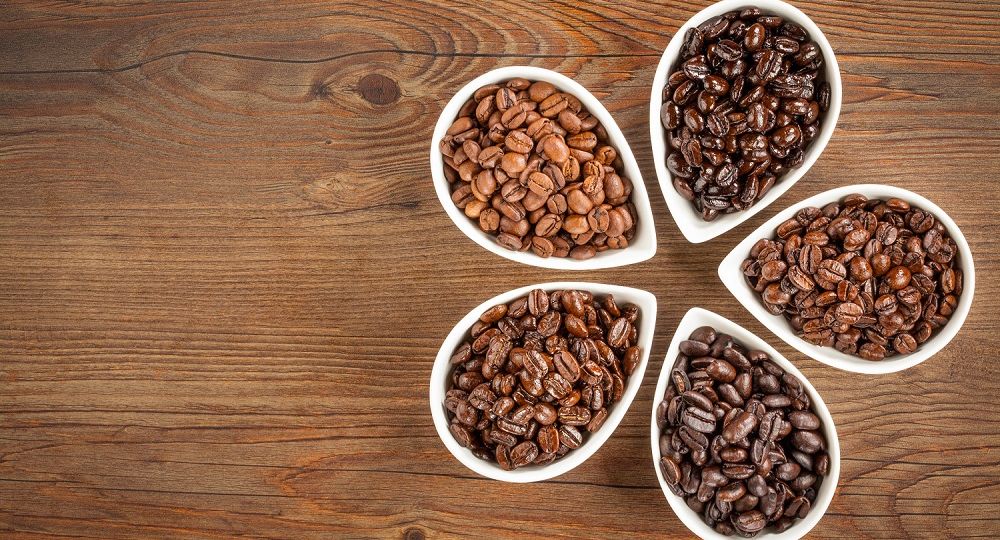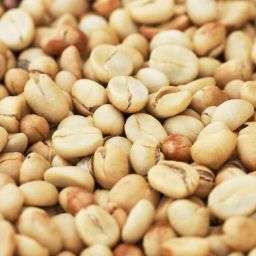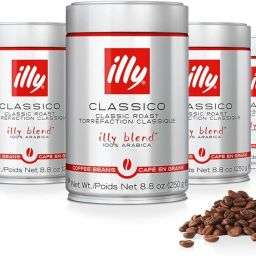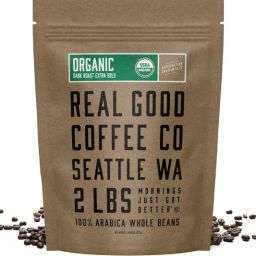
Selecting the right coffee beans is crucial for any coffee enthusiast aiming to enhance their brewing experience. The choice of beans directly influences the flavor, aroma, and overall quality of the coffee. Various factors play a role in bean selection, including bean type, origin, roast level, and freshness. Understanding these elements can transform your coffee routine, elevating it from mundane to exceptional.
Types of Coffee Beans
Arabica and Robusta are the two primary coffee bean types, each with distinct characteristics and flavor profiles. Arabica beans are known for their smooth, complex flavors, with a wide range of sweetness and acidity. They are often considered superior in quality and are predominantly used in specialty and artisan coffee shops.
In contrast, Robusta beans have a stronger, more bitter taste with a higher caffeine content. They are typically found in espresso blends due to their rich crema and bold flavor.
Coffee Bean Origins
The flavor of coffee is significantly influenced by its region of origin. Each region imparts unique taste notes to the beans, shaped by the local climate, soil, and cultivation practices.
- African coffees are renowned for their fruity and floral notes, with Ethiopian beans often displaying hints of berry and wine.
- Asian coffees, particularly from Indonesia, offer a bold, earthy flavor with a full body.
- Central American coffees tend to have a balanced acidity and a hint of sweetness, making them versatile for various brewing methods.
- South American beans, especially from Brazil and Colombia, are known for their nutty, chocolaty flavors and smooth body.
Roast Levels
Roast levels range from light to dark, each affecting the coffee’s flavor, acidity, body, and aroma.
- Light roasts preserve the bean’s original flavors, emphasizing acidity and allowing the coffee’s inherent qualities to shine. They are ideal for single-origin coffees that highlight specific regional characteristics.
- Medium roasts offer a balance, reducing acidity while introducing a more rounded flavor profile. They are often preferred for their versatility, suitable for both black and milk-based coffees.
- Dark roasts develop rich, bold flavors with decreased acidity. The roasting process leads to a smoky or even slightly bitter taste, favored in espresso blends for their strong flavor and creamy body.
Selecting Beans for Espresso vs. Regular Coffee
Choosing the right coffee beans for espresso versus regular coffee involves understanding the nuances of bean type and roast level. Espresso often benefits from a blend of beans, combining the strengths of different origins to produce a complex, balanced flavor. The intense pressure and short extraction time of espresso brewing require beans that can deliver a robust flavor profile, often achieved with a dark roast.
Regular coffee, prepared through drip, pour-over, or French press, can be more forgiving, allowing the unique characteristics of single-origin beans to be appreciated. Light to medium roasts are commonly preferred for these methods, highlighting the bean’s natural flavors and acidity.
How to Choose the Right Coffee Beans
Selecting the right coffee beans is a process that combines knowledge and personal preference. When reading labels, look for the roast date to ensure freshness, as coffee is best consumed within weeks of roasting. The origin can give clues about the flavor profile, from fruity African beans to nutty South American varieties. The variety, whether Arabica or Robusta, affects taste and caffeine content.
Understanding your flavor preferences is key. Do you enjoy a bright, acidic coffee or a smooth, chocolaty brew? Your preference will guide your selection, whether you lean towards a light roast Kenyan for its vibrant flavors or a dark roast Brazilian for its richness.
Freshness and Storage
Freshness is paramount in coffee, directly impacting flavor and aroma. Once roasted, coffee begins to stale, losing its complexity and vibrancy. To maintain freshness, store coffee beans in an airtight container away from direct sunlight and moisture. Avoiding excessive air exposure and temperature fluctuations helps preserve the beans’ quality.
For optimal flavor, consume coffee within a month of its roast date, and consider grinding beans just before brewing to enjoy the full spectrum of their taste.
Advanced Tips for Coffee Enthusiasts
Experimenting with Coffee Beans
For those looking to deepen their coffee experience, experimenting with different origins and roasts can unveil a world of flavors. Each coffee-growing region offers unique taste notes, from the floral aromas of Ethiopian beans to the chocolatey depths of Colombian coffee.
Roast levels further modify these flavors, with lighter roasts preserving the bean’s inherent characteristics and darker roasts introducing richer, more robust profiles. Adventurous enthusiasts might also try blending beans at home, combining varieties to create a personalized flavor profile that caters to their taste preferences.
Coffee Beans and Brewing Methods
The choice of coffee beans can vary significantly with the brewing method. Espresso requires a fine grind and a bean that can withstand the high pressure, typically a dark roast for its intense flavor. French press and drip coffee, however, allow for a broader range of beans and roasts.
The grind size and brewing time should be adjusted according to the bean type to extract the optimal flavor, with coarser grinds for French press and finer for drip or pour-over methods.
FAQs
- How does elevation affect flavor? Higher elevation beans tend to have a more complex and acidic flavor profile due to slower bean development.
- What is “single origin”? Single-origin coffee comes from one location, offering unique flavor characteristics of that region, unlike blends which combine beans from various origins for a consistent taste.
- Freshness indicators? Look for a roast date on the package; coffee is freshest within a few weeks post-roasting. A vibrant aroma and intact beans are also good freshness indicators.
- Does bean type matter for espresso? Yes, the bean type influences the espresso’s flavor and crema. While any coffee bean can be used for espresso, blends or dark roasts are often preferred for their strong flavor and body.
Conclusion
Selecting the right coffee beans is a cornerstone of the coffee brewing process, significantly influencing the final cup’s flavor and quality. Experimentation with different beans and brewing methods can lead to discovering your perfect coffee profile.
Whether you’re a novice or a seasoned coffee enthusiast, the journey of exploring coffee is endless, filled with nuanced flavors and unique blends waiting to be discovered. Encourage experimentation and let your taste buds guide you through the diverse world of coffee.









